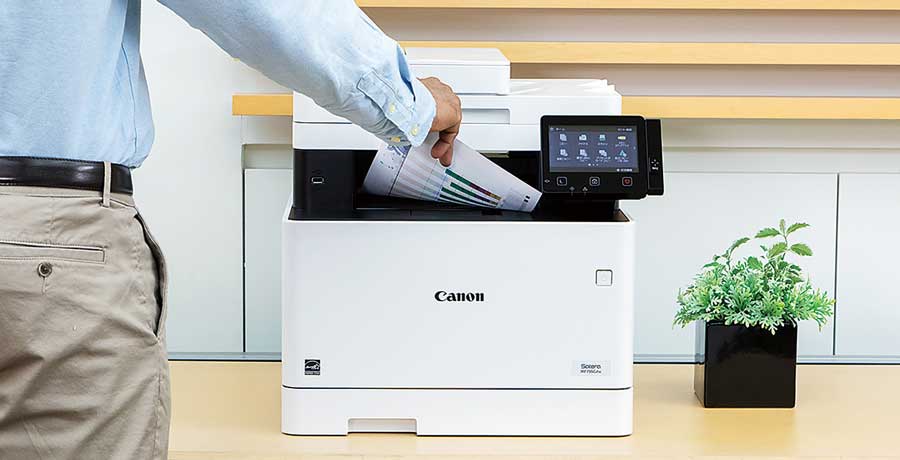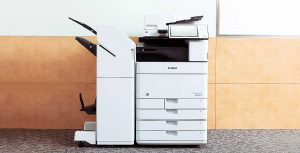
In today's digital age, printing remains an essential aspect of many industries. Whether it's for personal or professional use, the choice between laser printing and inkjet printing can significantly impact both cost and quality. In this article, we will delve into the factors that determine the cost-effectiveness of these two printing technologies and help you make an informed decision.
- Initial Investment:
When considering the cost of printing, it is crucial to evaluate the initial investment required for each technology. Laser printers generally have a higher upfront cost compared to inkjet printers. This is primarily due to the complex mechanisms involved in laser printing, such as the laser beam and the drum unit. On the other hand, inkjet printers are relatively more affordable, making them a popular choice for home users and small businesses. - Cost per Page:
While the initial investment is important, the cost per page is a more accurate measure of long-term expenses. Laser printers tend to have a lower cost per page compared to inkjet printers. This is because laser printers use toner cartridges, which have a higher page yield and lower cost per printed page. In contrast, inkjet printers utilize ink cartridges, which are generally more expensive and have a lower page yield. Therefore, if you have high-volume printing needs, laser printers can be more cost-effective in the long run. - Print Quality:
Print quality is another crucial factor to consider when choosing between laser and inkjet printing. Laser printers excel in producing sharp, precise text and graphics, making them ideal for professional documents and presentations. On the other hand, inkjet printers are known for their ability to produce vibrant and detailed color prints, making them a preferred choice for photo printing and graphic design. - Maintenance and Durability:
Maintenance and durability are often overlooked aspects when assessing the cost-effectiveness of printing technologies. Laser printers typically require less frequent maintenance and have a longer lifespan compared to inkjet printers. This can result in lower repair and replacement costs over time. Additionally, laser printers are designed to handle high-volume printing, making them more durable for heavy workloads. - Energy Efficiency:
In recent years, energy efficiency has become a significant consideration for both cost and environmental reasons. Laser printers generally consume more power during operation compared to inkjet printers. However, advancements in technology have led to the development of energy-efficient laser printers that minimize power consumption. Inkjet printers, on the other hand, tend to be more energy-efficient overall. Considering your printing needs and environmental concerns, it is essential to weigh the energy efficiency of each technology.
Conclusion:
In summary, the cost-effectiveness of laser printing versus inkjet printing depends on various factors. While laser printers have a higher initial investment, they offer a lower cost per page, superior text quality, and greater durability. On the other hand, inkjet printers are more affordable upfront, provide excellent color printing capabilities, and are generally more energy-efficient. By considering your specific printing requirements and evaluating the long-term costs, you can make an informed decision that aligns with your needs and budget.


